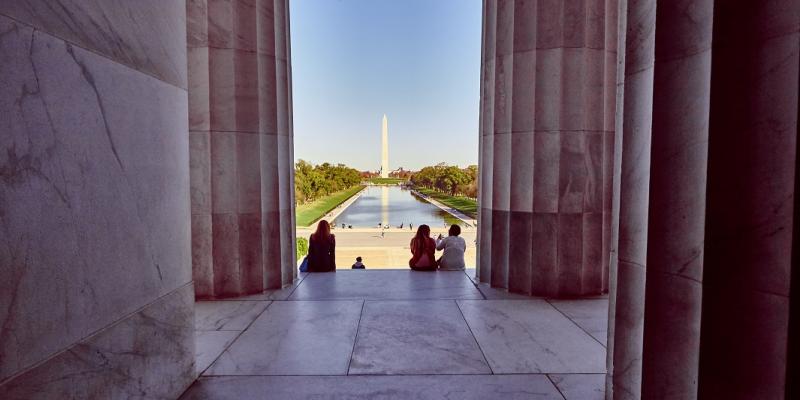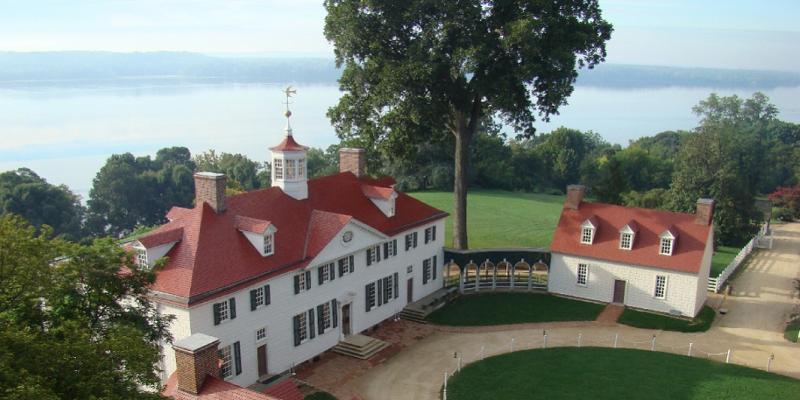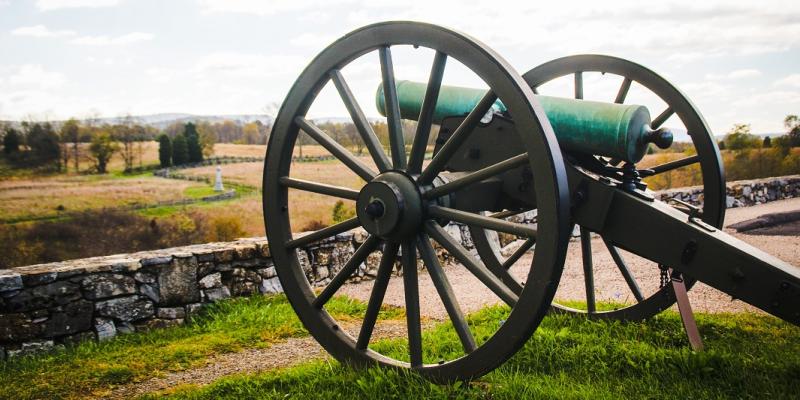Into the Past: 4-Day History Itinerary
Step back in time to revisit some of the most pivotal moments in American history.
Step back in time to revisit some of the most pivotal moments in American history.
Day 1
Begin in Washington, DC, where the new Fossil Hall at the National Museum of Natural History explores the story of Earth’s past through interactive and multimedia experiences and nearly 700 fossil specimens, including a Tyrannosaurus rex skeleton.
A stroll on the National Mall reveals monuments and memorials to former presidents Abraham Lincoln, George Washington, Thomas Jefferson and Franklin D. Roosevelt, as well as veterans of the Vietnam and Korean wars and World War II.
To see the original copies of the US Declaration of Independence, Constitution and Bill of Rights, visit the National Archives Museum, located just north of the Mall.
Day 2
Moving northward to Baltimore, Fort McHenry National Monument and Historic Shrine is where the Battle of Baltimore took place during the War of 1812 — inspiring Francis Scott Key to pen the US national anthem.
Drive to Antietam National Battlefield near Sharpsburg, Maryland, a solemn reminder of the bloodiest single-day battle in American history, with more than 23,000 casualties, which occurred during the American Civil War.
Spend the night in Frederick, Maryland, a picturesque city with a 50-block historic district filled with parks, churches and centuries-old structures.
Day 3
Your next stop is George Washington’s Mount Vernon in Virginia, the former home of the country’s first president. This riverside estate encompasses the mansion, a distillery and gristmill, gardens, tombs, museums and more.
Next, Manassas National Battlefield Park preserves the site of two major American Civil War battles through guided tours and living-history demonstrations. Find overnight lodging in the town of Manassas, Virginia.
Day 4
On your way south, stop in Richmond for a tour of the American Civil War Museum, housed in a historic gun foundry.
Head to Colonial Williamsburg in Virginia to behold 18th-century life at the world’s largest living-history museum. Historic taverns, carriage rides, art museums, reenactments and drum marches are all part of the immersive experience.
Colonial Williamsburg is part of America’s Historic Triangle — and the other two corners are also worthy of a visit. Historic Jamestowne is the original site of the first permanent colony in North America, whilst Jamestown Settlement is a museum featuring a re-created fort and Powhatan Indian village. Yorktown is where you’ll find the American Revolution Museum and Yorktown Battlefield — the stage of the last battle in the Revolutionary War.




